M
The original M was a 1931 crime thriller directed by Fritz Lang, and is widely regarded as a classic. The 1951 remake set the film in Los Angeles but stayed faithful to the original, a story of a murderer of children who is hunted by both the police and the mob. The film had no problems when submitted to the censorship board in New York, and many of the other boards approved it with eliminations, but Ohio was a different story (Wittern-Keller 160). The film was submitted on March 7, 1951 and was reviewed by the Board and an advisory committee in April. The Board and the advisory committee unanimously rejected the film on the grounds: "the manner in which crime permeated the picture...the implications of lack of confidence in law enforcement agencies...its portrayal of a child killer in complete perversion.... Then, too, there was a conviction that its effect on unstable persons of any age level could lead to a serious increase in immorality and crime" (Susannah Warfield to Mr. Harlor, August 8, 1952, Correspondence). The official rejection order was issued on April 23, 1951: "Harmful - Presentation of actions and emotions of child killer emphasizes complete perversion without serving any valid educational purpose" (Susannah Warfield to Mr. Harlor, August 8, 1952, Correspondence).
Not a surprise, representatives of the film reached out and urged the Board to reconsider. But unlike the case of The Outlaw, the Board denied the request. A little over a year later a different distributor submitted the film to the Board and the film was rejected without review (Susannah Warfield to Mr. Harlor, August 8, 1952, Correspondence). Ohio's Attorney General C. William O'Neill, advised the Board that in this particular case they were legally obligated to review the film again, which they did and the film was rejected again for the same reasons, albeit with different wording. (O'Neill to Hissong, September 11, 1952, Miscellaneous; Warfield to Harlor, September 12, 1952, Miscellaneous). Unlike the original distributor (Columbia Pictures), Superior Films was not afraid to challenge the Board and took the case of M to the courts. The resulting court cases took several years to conclude (and the process is thoroughly outlined in Wittern-Keller's Freedom of the Screen, 2008), but the end result was that Ohio was left in an ambiguous state with little means of censoring films and after January 1954 M was free to be shown in the state of Ohio.
Censoring the Film
The film is available for free in its entirety at youtube.com and is embedded below. It is a 2015 remastered version of the original.
While both the 1951 and 1952 rejections were similar (harmful because of crime), the 1952 rejection had slightly more detail and thus will be used in this examination. The rejection reads: "1. There is a conviction that the effect of this picture on unstable persons of any age level could lead to a serious increase in immorality and crime. 2. Presentation of actions and emotions of child killer emphasizing complete perversion without serving any valid educational purpose. Treatment of perversion creates sympathy rather than a constructive plan for dealing with perversion. 3. It is a horror picture of the most revolting kind, since it invades the realm of innocent children. 4. It undermines confidence in enforcement of law and government. The plot is composed of repetition of criminal acts and law violations with mob violence and hysteria and at the same time exhibiting ineffectiveness of police" (Rejected Films Summary, 1953, Miscellaneous). Unfortunately this is less explicit than the eliminations requested in Shanghaied and The Outlaw, so the analysis of this film will be more subjective in the scenes selected. Additionally, because the entire film was rejected for these reasons, it would be cumbersome and repetitive to attempt to find every single example of the reasons listed. Rather, multiple examples from the film are examined that typify that specific reason for rejection. Lastly, the analysis is not organized by the numbers of the rejection certificate, but rather by their thematic content. Every item on the rejection list is covered, just not in the same order given.
Horror Against Children
"It is a horror picture of the most revolting kind, since it invades the realm of innocent children."

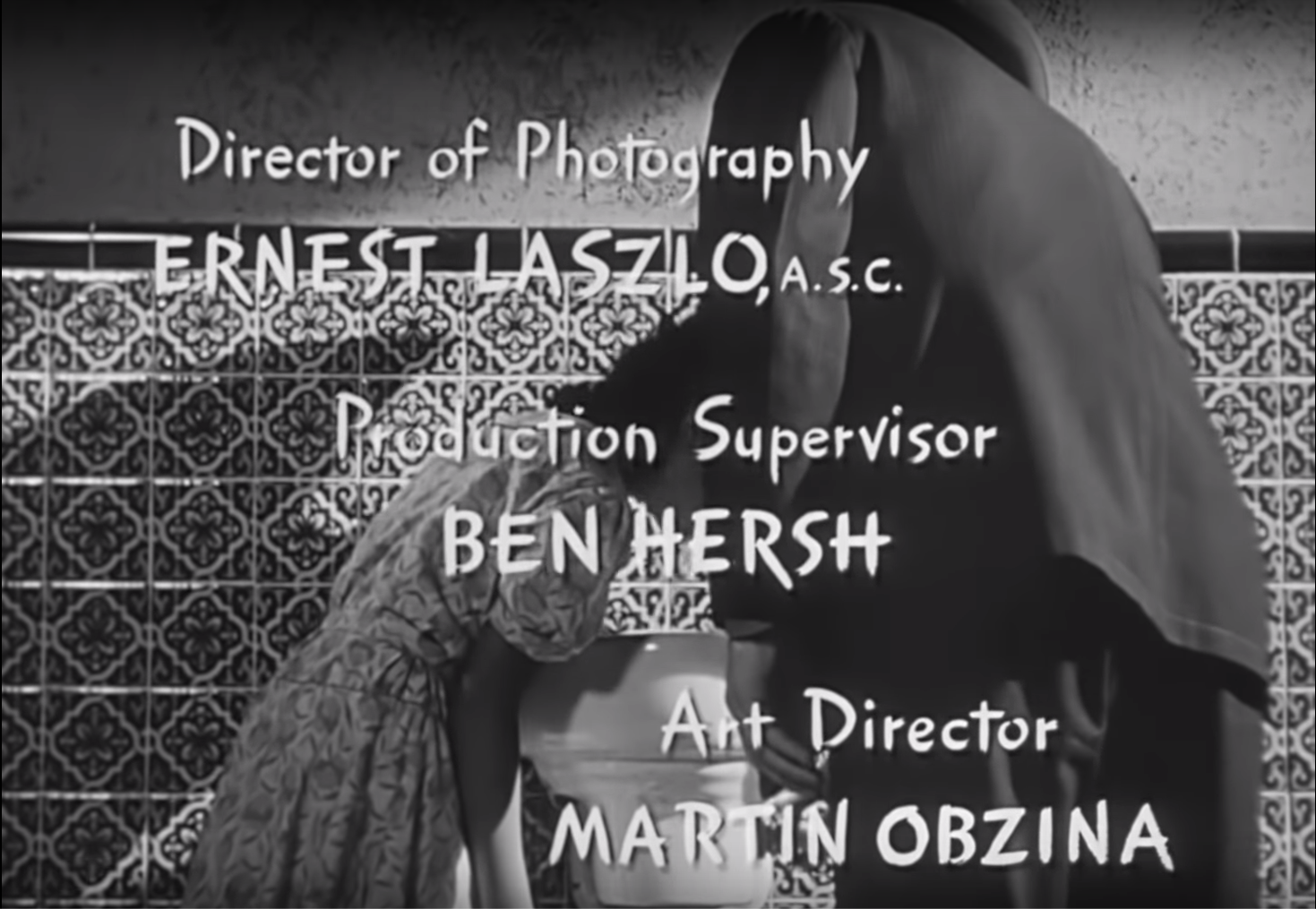
Figure 85: Children 1; Figure 85: Children 2
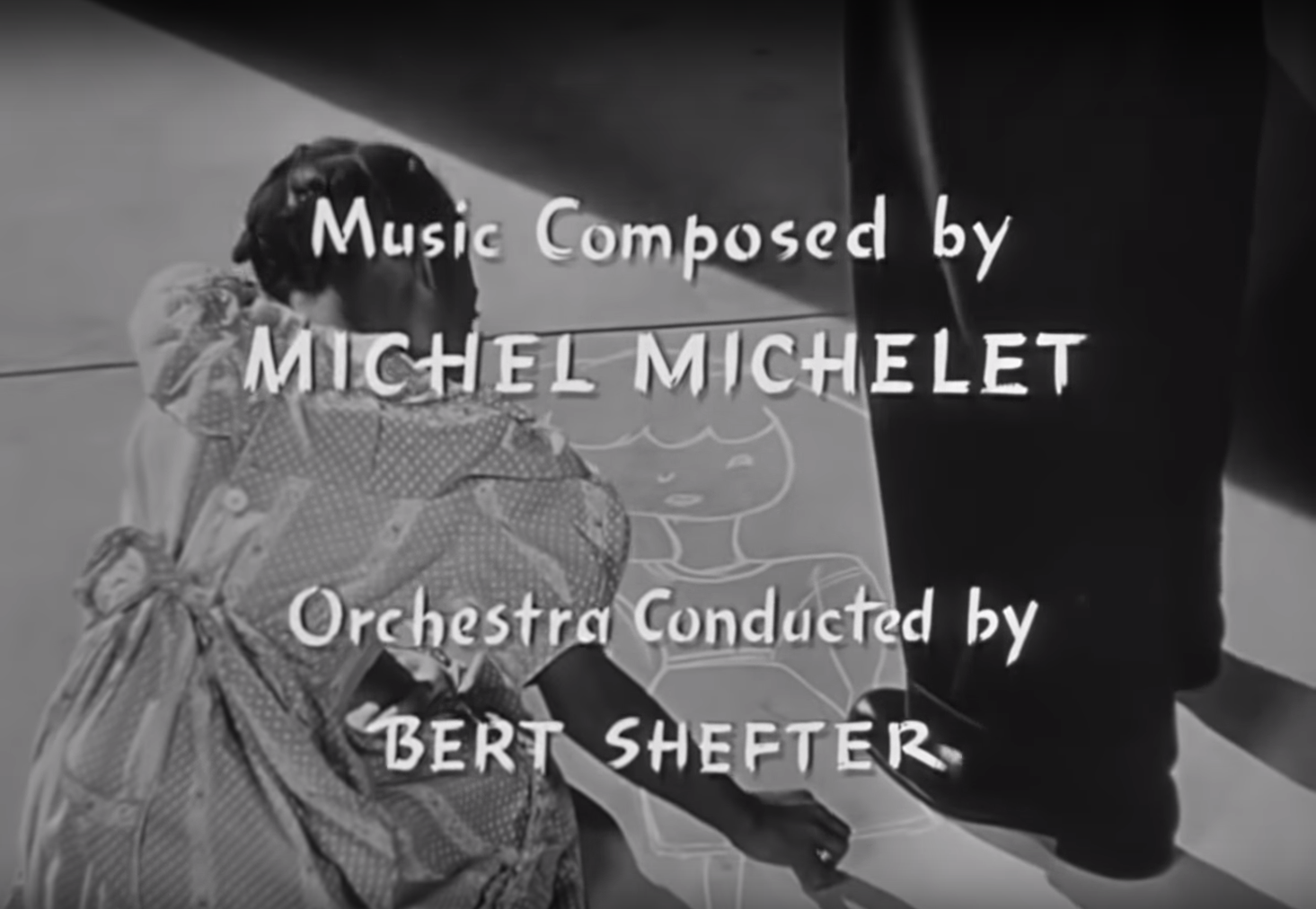
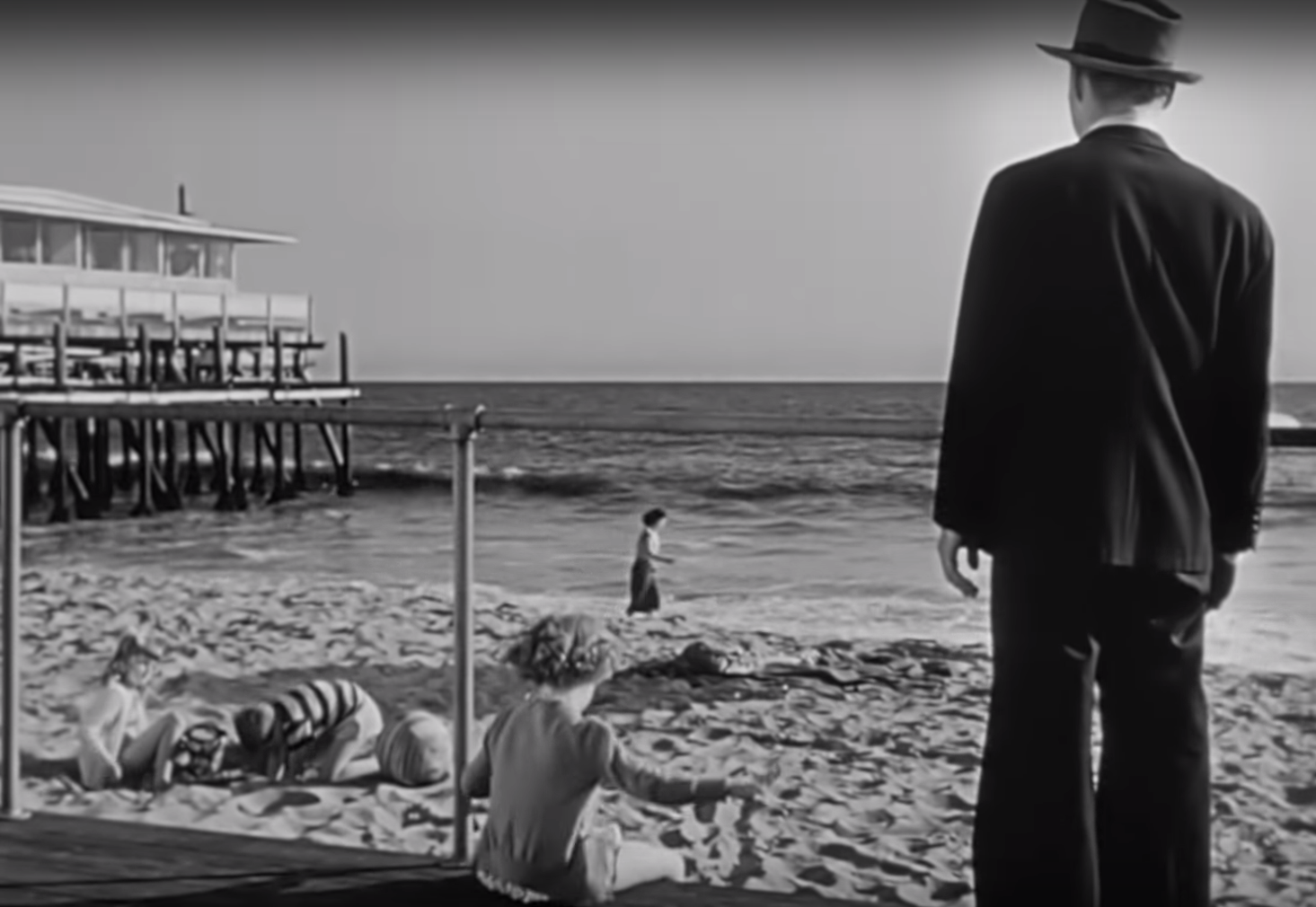
Figure 86: Children 3; Figure 87: Children 4
During the credits sequence in the introduction the killer repeatedly appears at scenes with children. While the film does not expressly state that this is the murderer, there are several key indicators. Most of the scenes pictured above start with only children playing in peaceful, innocent environments. The gentleman then enters the frame, often casting a literal shadow in the scene. The ways he "invades the realm of innocent children" and the framing of the shot indicate something sinister is afoot. In Figure 86, the murderer enters the scene and helps the child drink from the water fountain, ominously masking her face from view. In Figure 88 the murderer enters the beach area where children are playing (no adults), and he picks up and holds one of the child's shoes - ominous foreshadowing of the plot to come.
Inciting to Crime
"The effect of this picture on unstable persons of any age level could lead to a serious increase in immorality and crime."
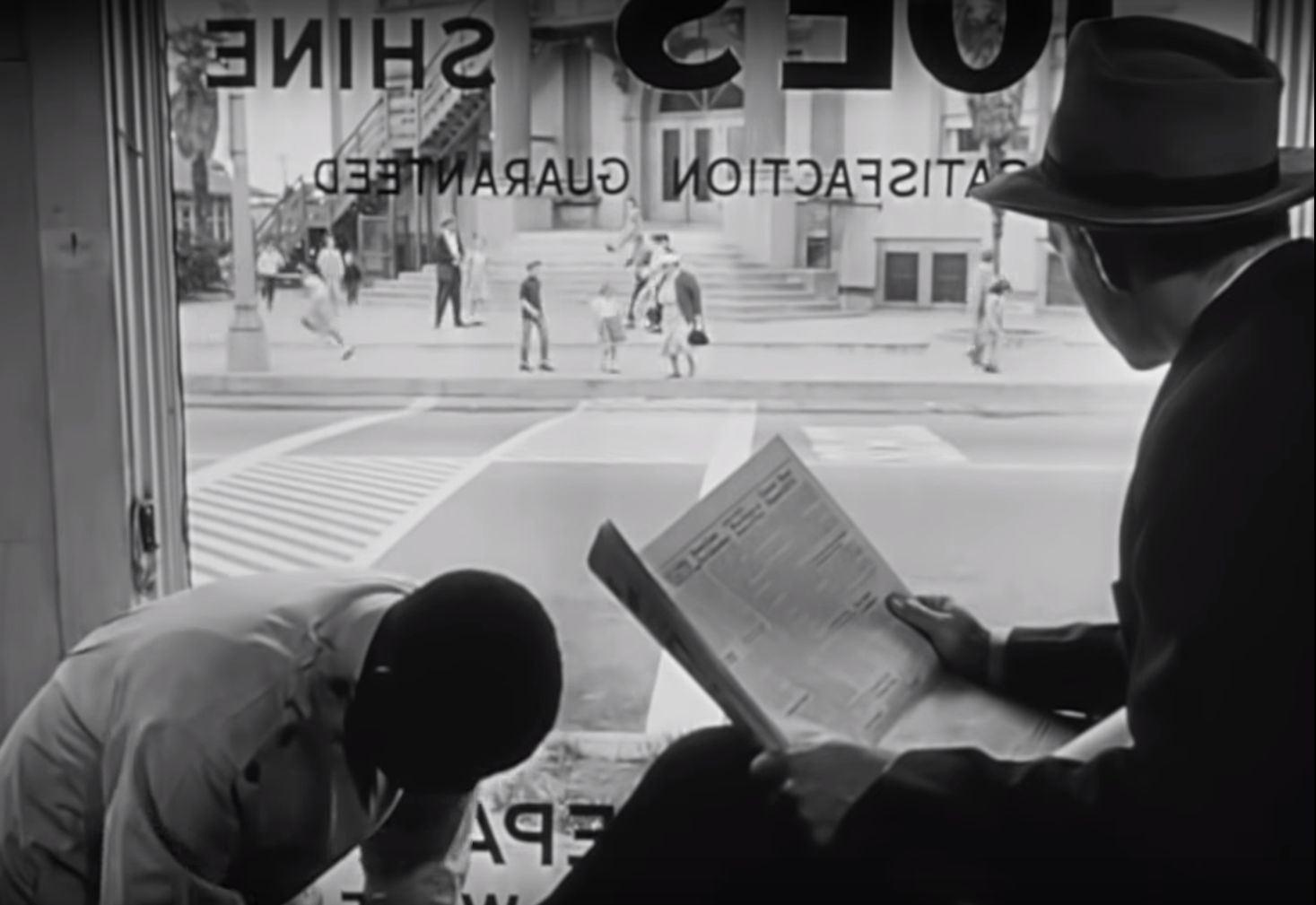
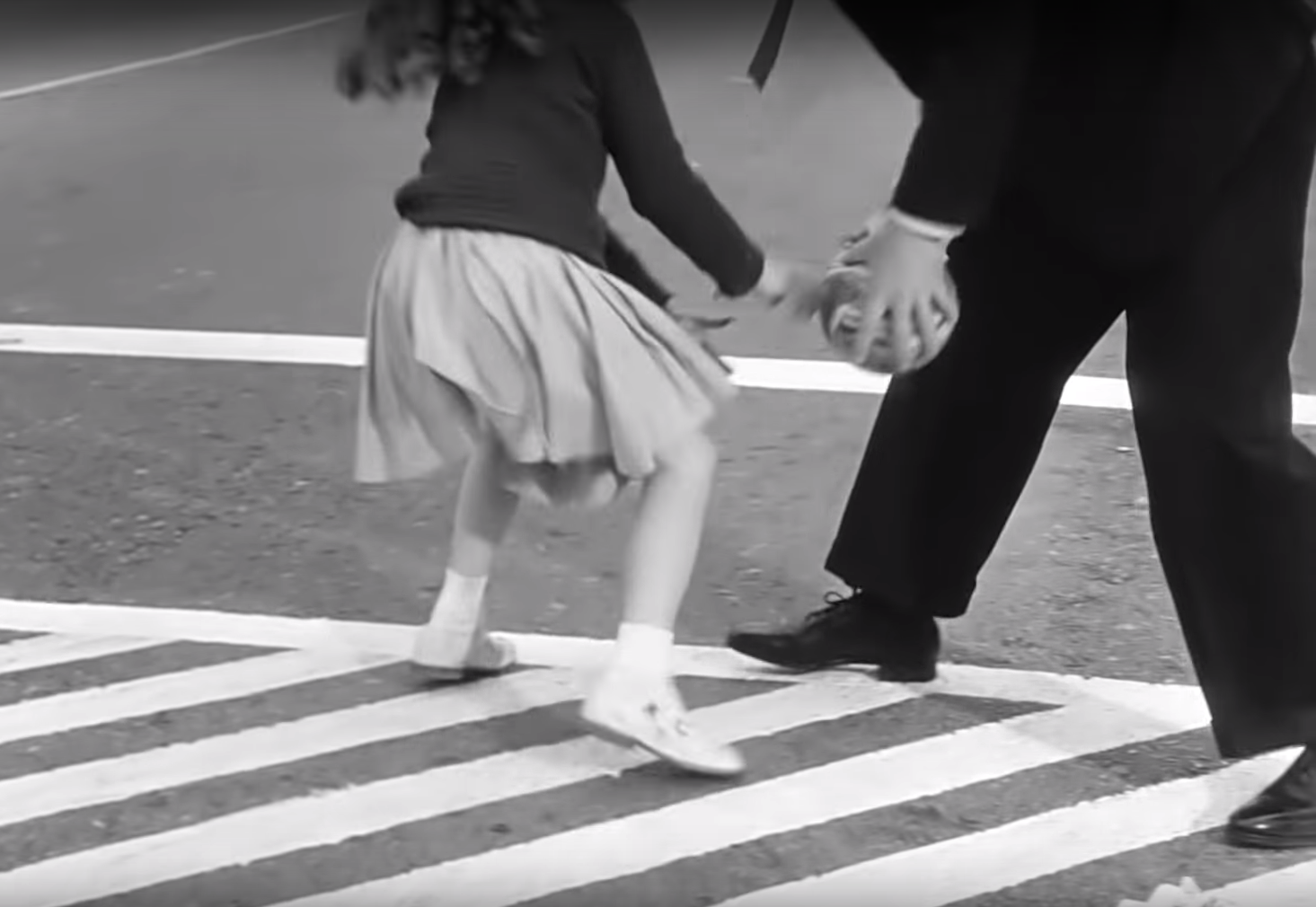
Figure 88: Inciting 1; Figure 89: Inciting 2

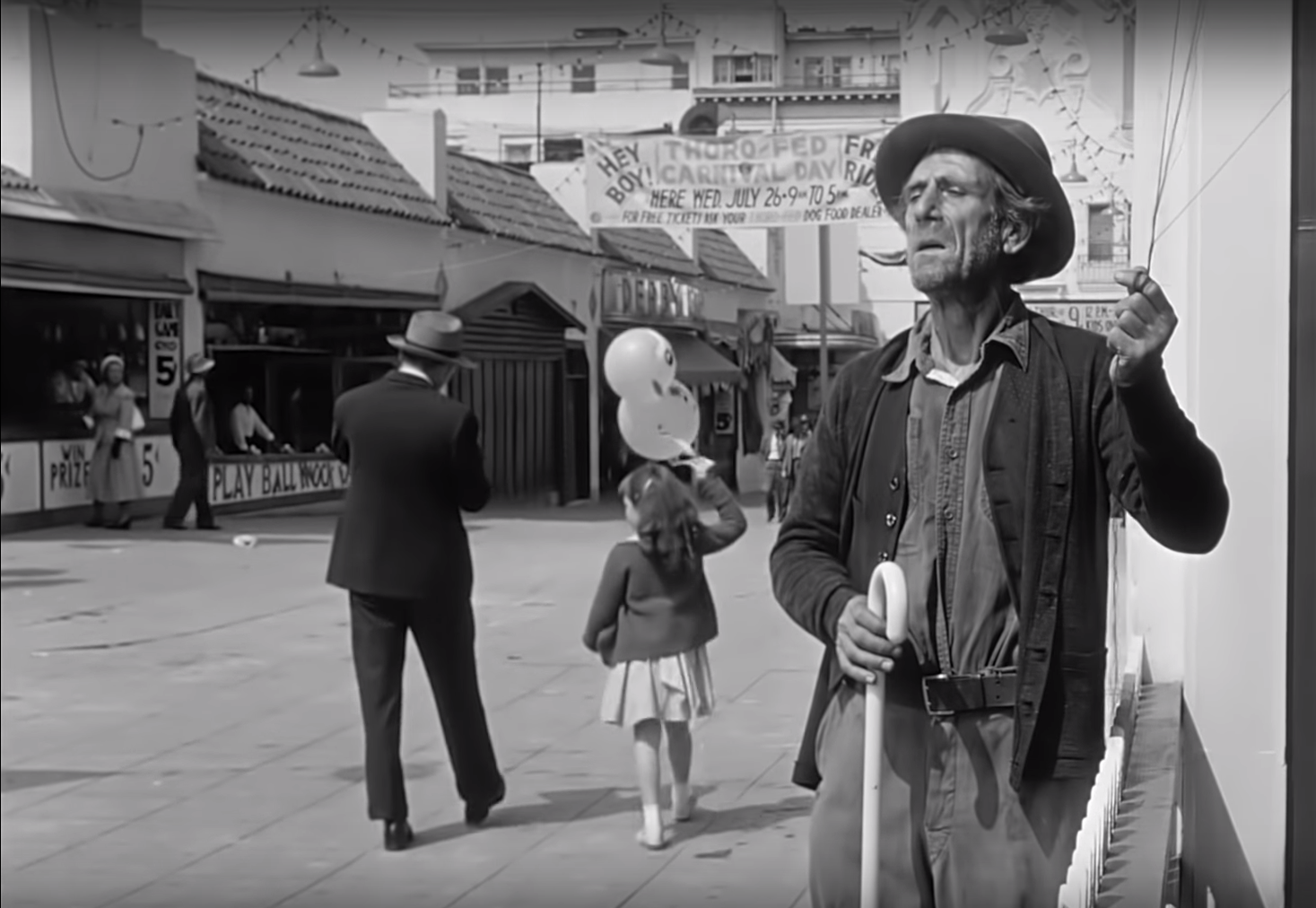
Figure 90: Inciting 3; Figure 91: Inciting 4
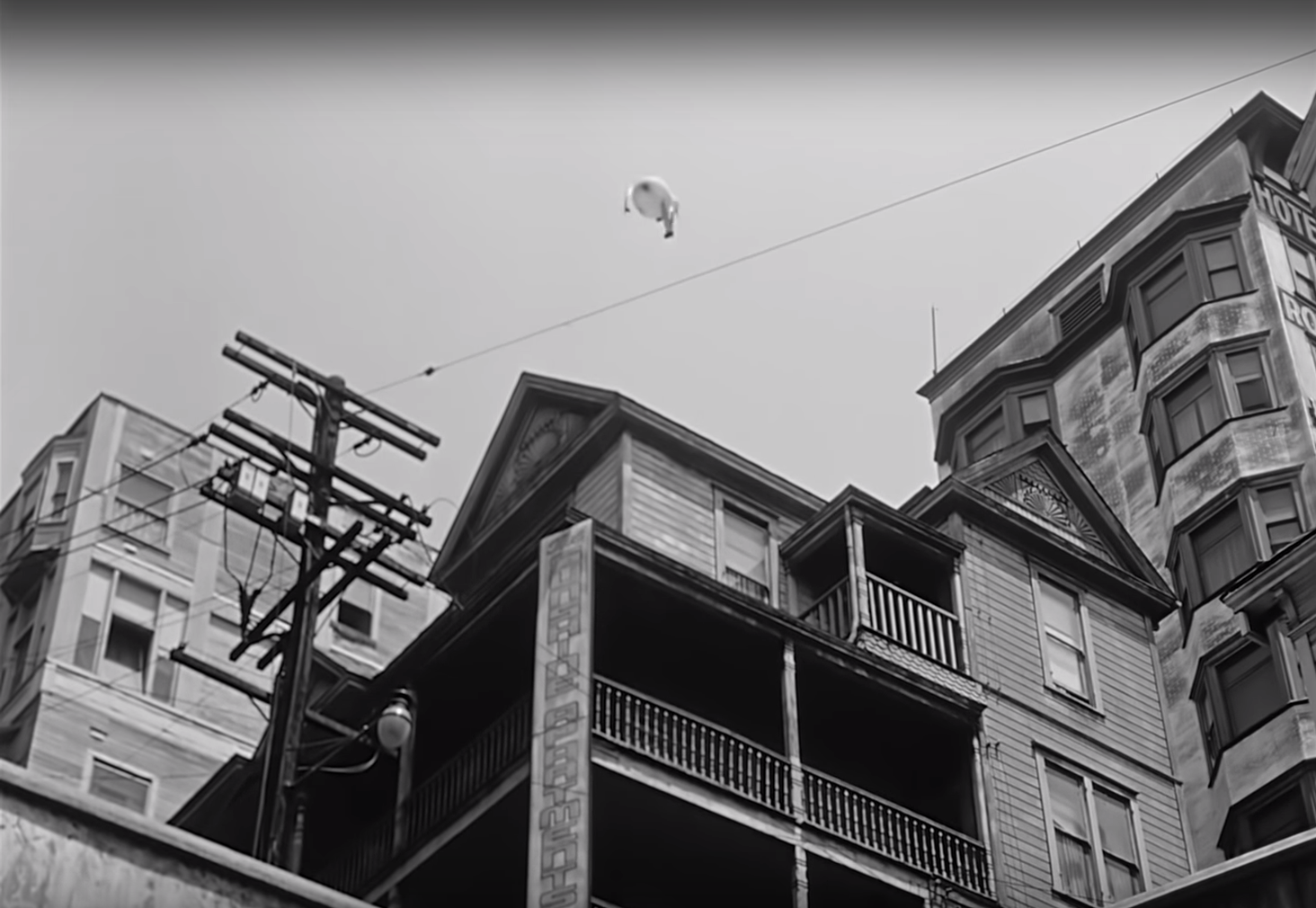
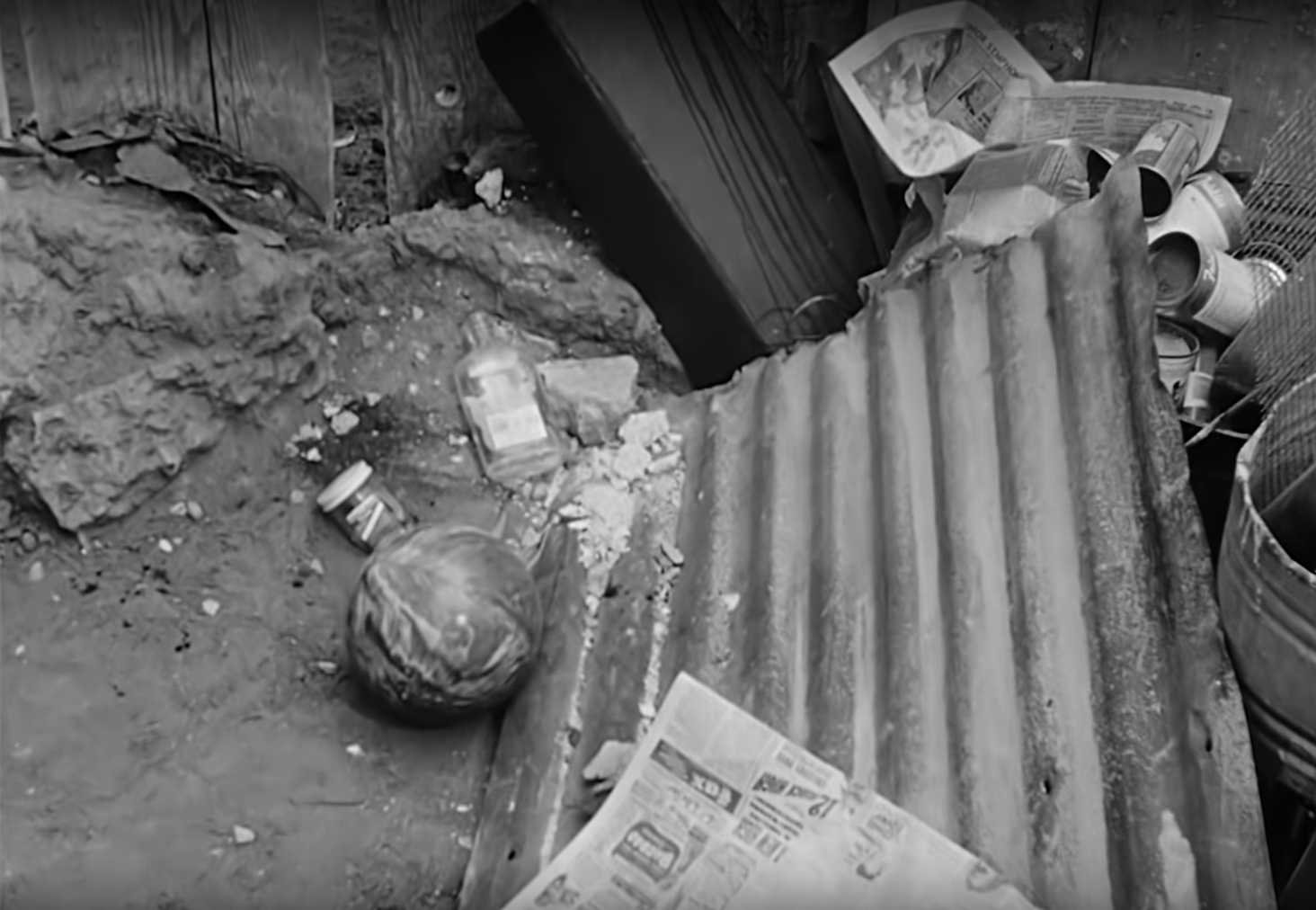
Figure 92: Inciting 5; Figure 93: Inciting 6
The opening credits provides a series of short shots showing the murderer entering the spaces of children. But the immediate opening scene walks the viewer through his entire process, from stalking the child, to befriending them, to murder. In the images above, the murderer watches the children playing alone after school, he catches a little girl's ball when she drops it and takes her hand to walk her home. He then buys her a balloon and plays her a song on the flute. In the next shot of these characters the balloon is floating away and the ball is rolling into a refuse pile. The Board must have been afraid that if someone in the audience wanted to commit a crime against a child, this film had just given them a formula to do so. Additionally, in neither the opening credits nor this first sequence do we see the murderer's face. Most of the shots are of the murderer's back or his lower body. Further, he is dressed in an ordinary black suit. Taking all of this together makes the murderer seem anonymous to the point of ubiquitous, it is not that his identity is a secret, but rather that he could be any middle-aged white male walking the streets.
Ineffective Law Enforcement
"It undermines confidence in enforcement of law and government. The plot is composed of repetition of criminal acts and law violations with mob violence and hysteria and at the same time exhibiting ineffectiveness of police."

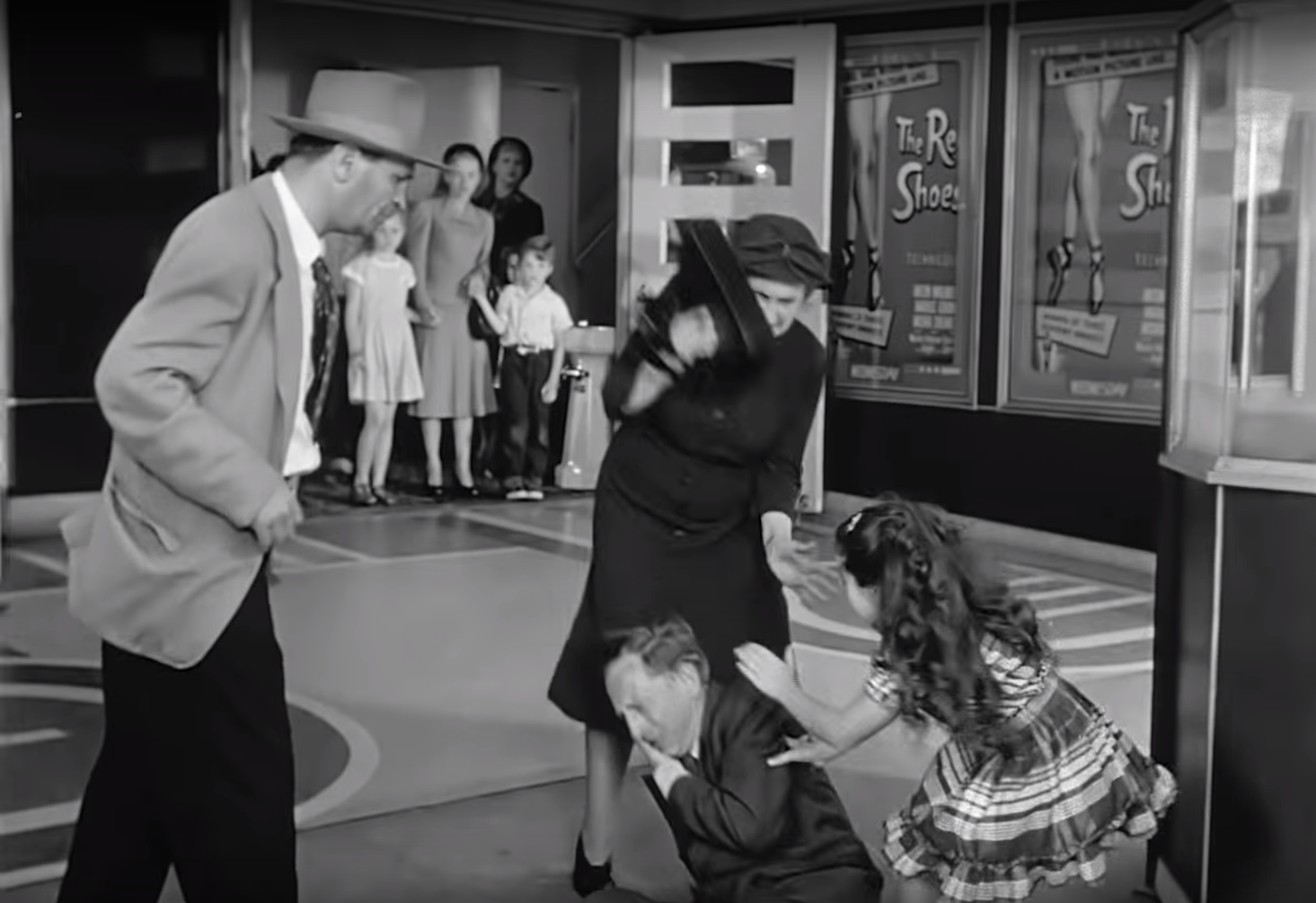
Figure 94: Police 1; Figure 95: Police 2
In the beginning of the film, after the sixth child is murdered and the cops are no closer to catching the murderer, regular citizens start taking matters into their own hands. Hysteria among the people causes them to publicly attack people who they think might be the murderer. In both of the scenes pictured above, the men being attacked are innocent. These scenes illustrate the film's citizens lack of faith in law enforcement and growing hysteria.
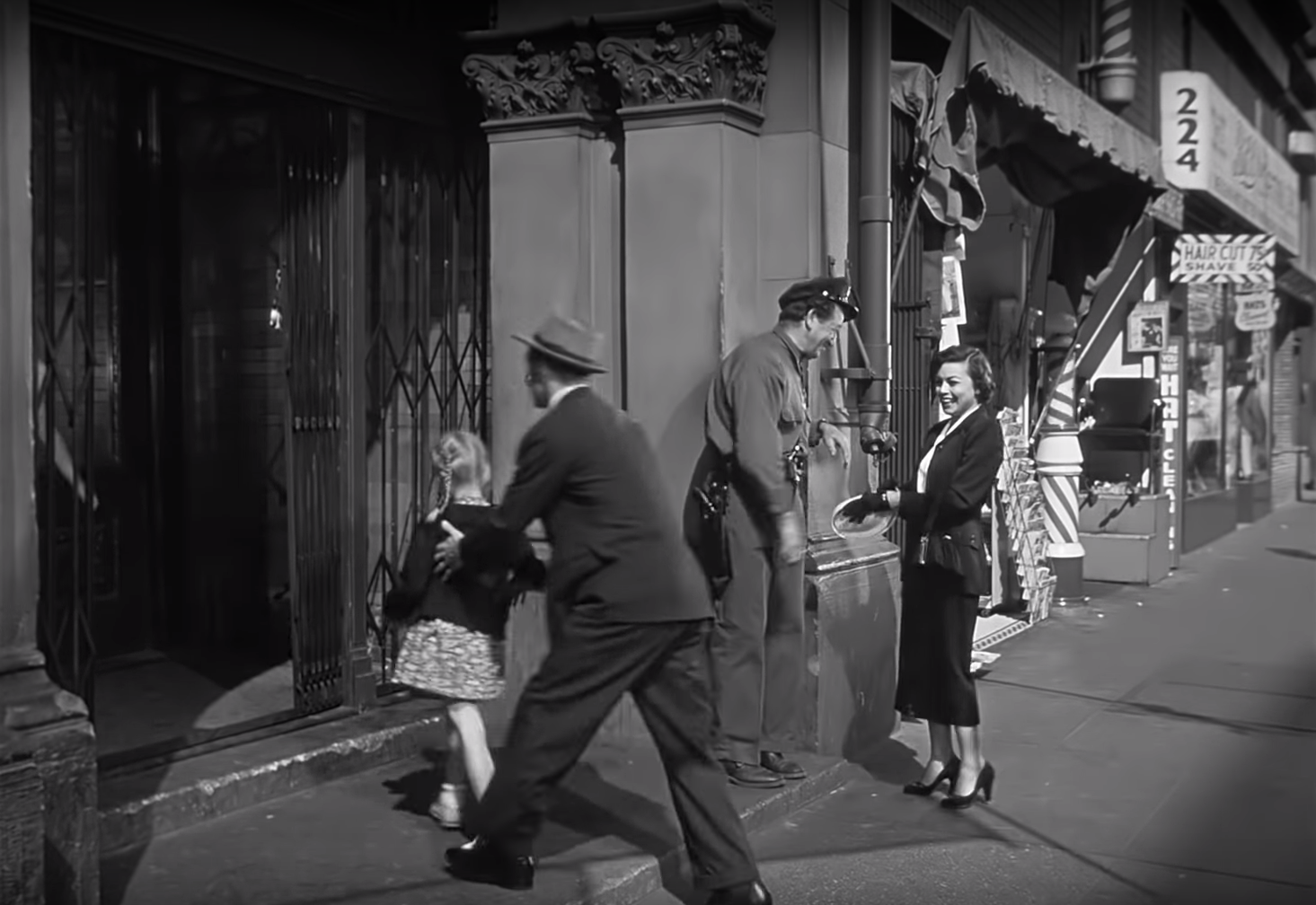
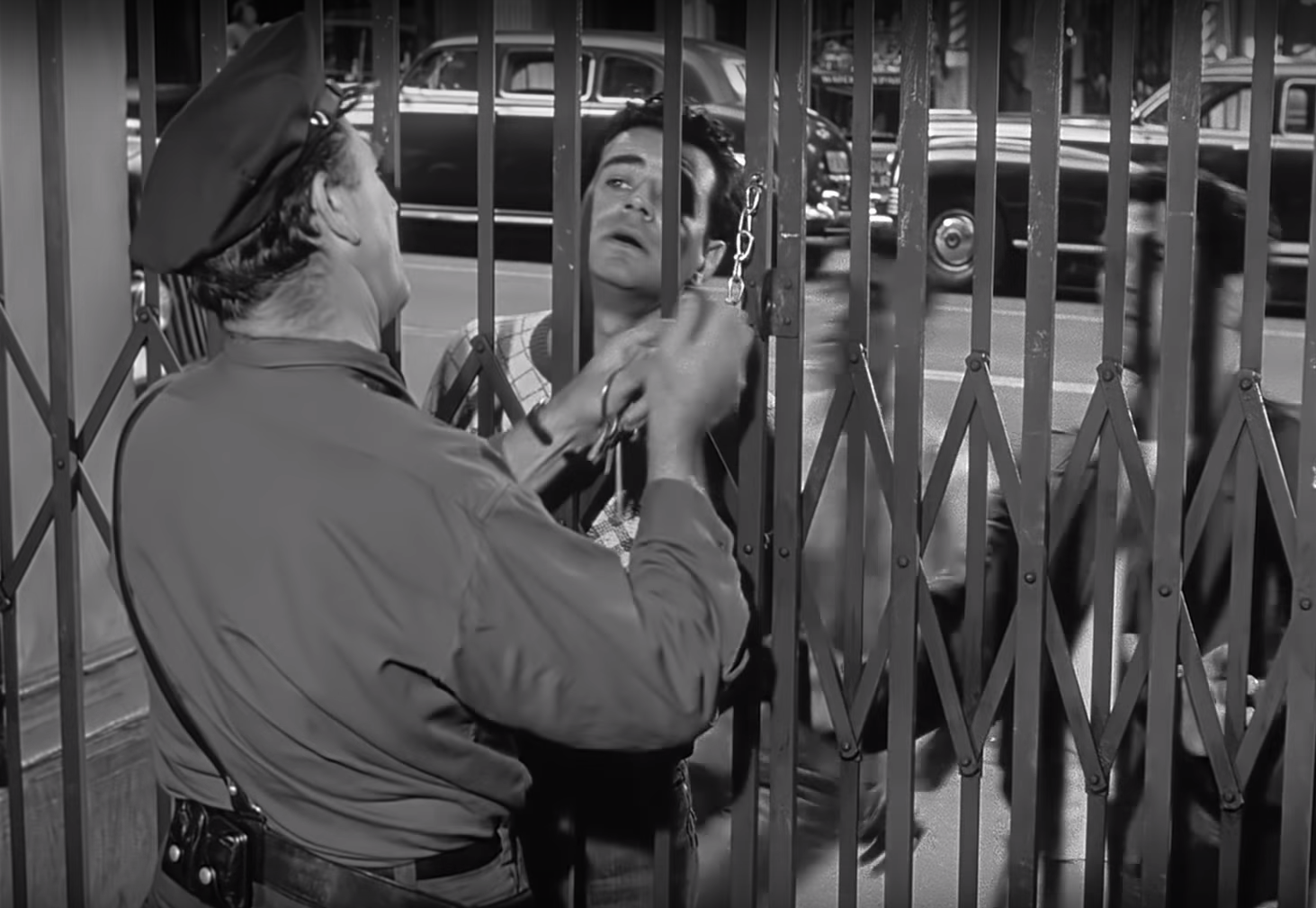
Figure 96: Police 3; Figure 97: Police 4
Near the end of the second act of the film, both the police and the mob know the identity of the murderer. The police have his name, picture, physical description (etc.), while the mob has marked the murderer with an "M" on the back of his jacket. In the scenes above, the distracted and rather clueless cop lets a man running with a little girl slip right by him and into the building. In the following scene the cop locks the gate so the young members of the mob can not get in, and he mocks them when they claim that the murderer is inside the building.
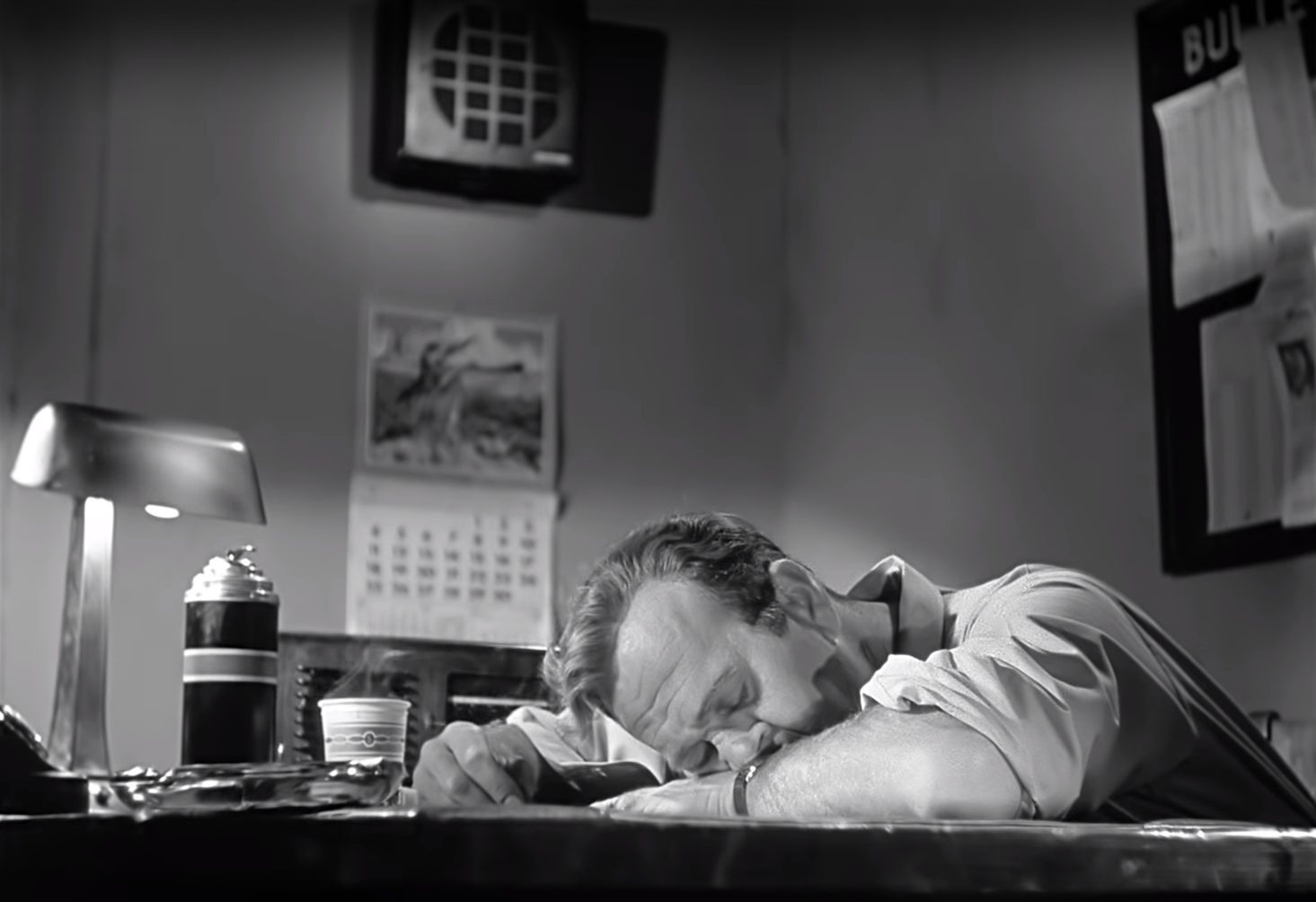

Figure 98: Police 5; Figure 99: Police 6
While the mob is working tirelessly to find the murderer, the detective that we have been following is asleep. The police have been waiting on the murderer to return to his apartment, while the mob is actively searching the building that the murderer is hiding in. Shortly thereafter, the mob catches the murderer - not the police. It actually takes a significant chunk of the third act for the police to even realize that the murderer has been caught. This means that though they figured out the murderer's identity, throughout the entire course of the movie the police did not do a single thing that led to the murderer's capture. Their closest action was the one noted previously, where an officer's ignorance actually delayed capture. Though the police are shown to working hard, they are also shown to be significantly ineffective.

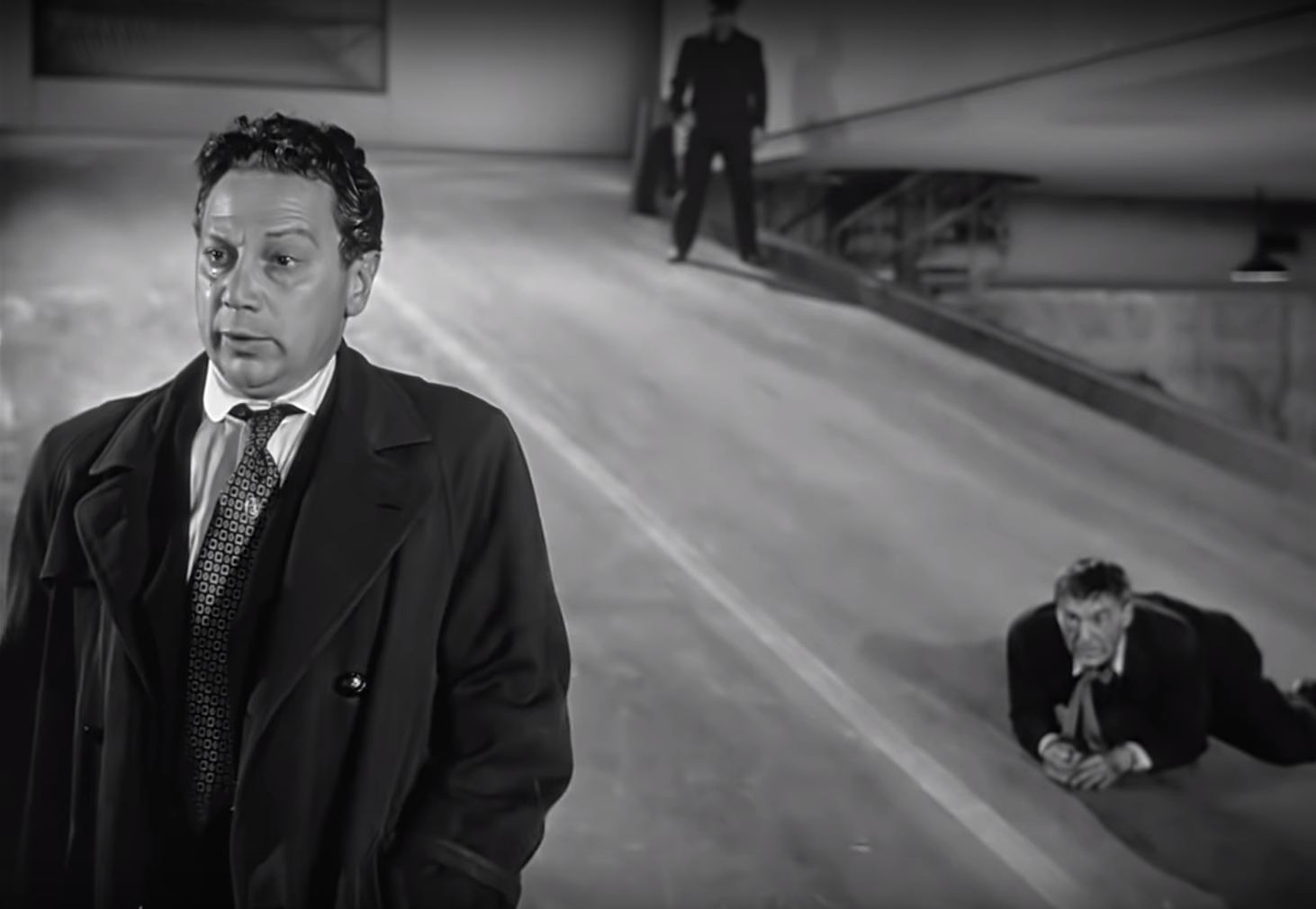
Figure 100: Police 7; Figure 101: Police 8
At the end of the film, a large crowd that is a mix of criminals and citizens attempts to beat the murderer to death. But it is not the cops who arrive to restore order and give the murderer his due process, but rather the mob (seen in Figure 101). Then, for selfish reasons of their own, the mob's lawyer holds a mock trial that actually gives the murderer a chance to speak. While the scene is complex and full of mixed motivations, it is important to show that at this point the police and government institutions have completely failed the common people and it is the mob who has provided those services. The mob found, caught, detained, and gave a trial to the murderer, all things that the police and government are supposed to do.
Perversion
"Presentation of actions and emotions of child killer emphasizing complete perversion without serving any valid educational purpose. Treatment of perversion creates sympathy rather than a constructive plan for dealing with perversion."
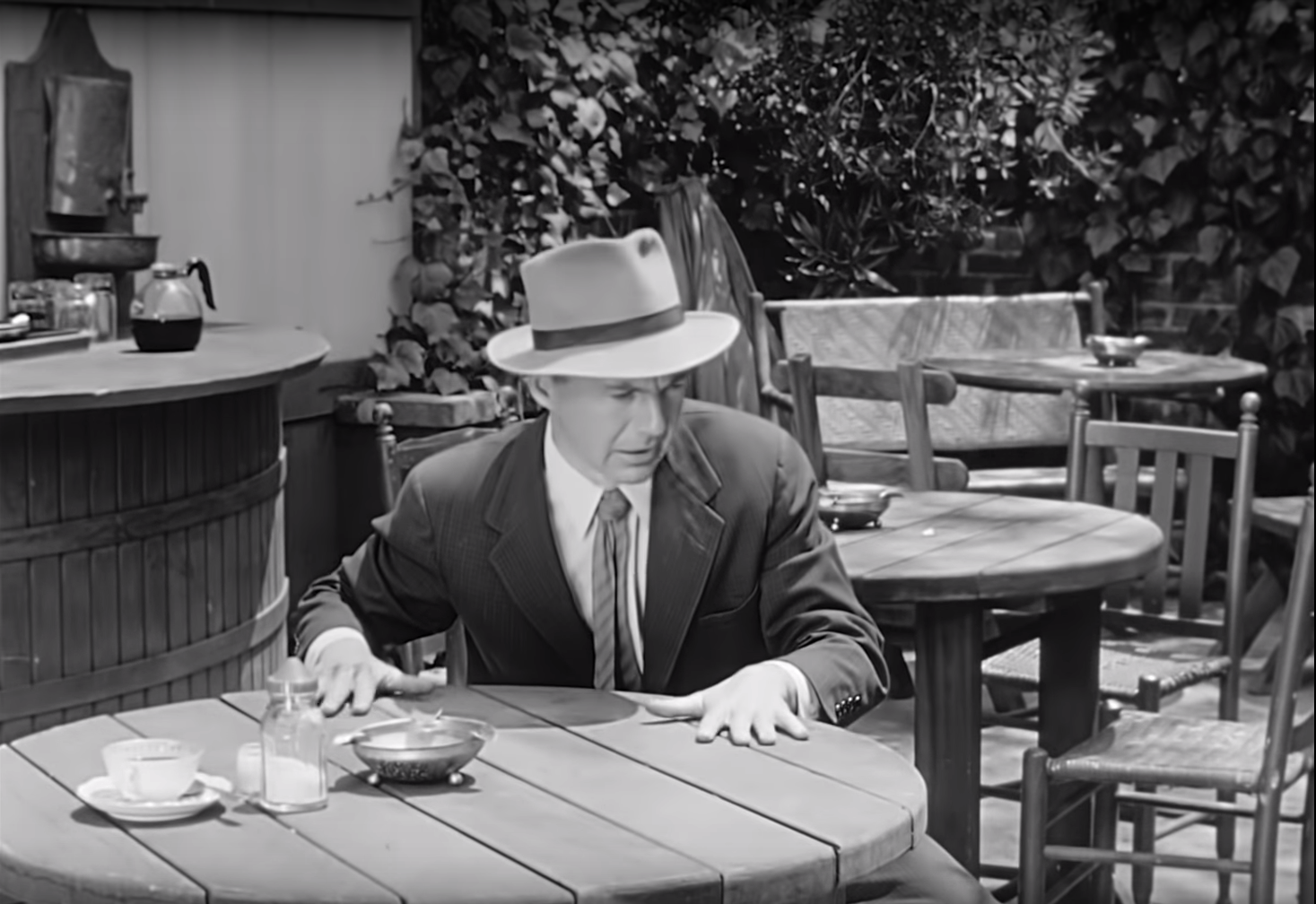

Figure 102: Perversion 1; Figure 103: Perversion 2
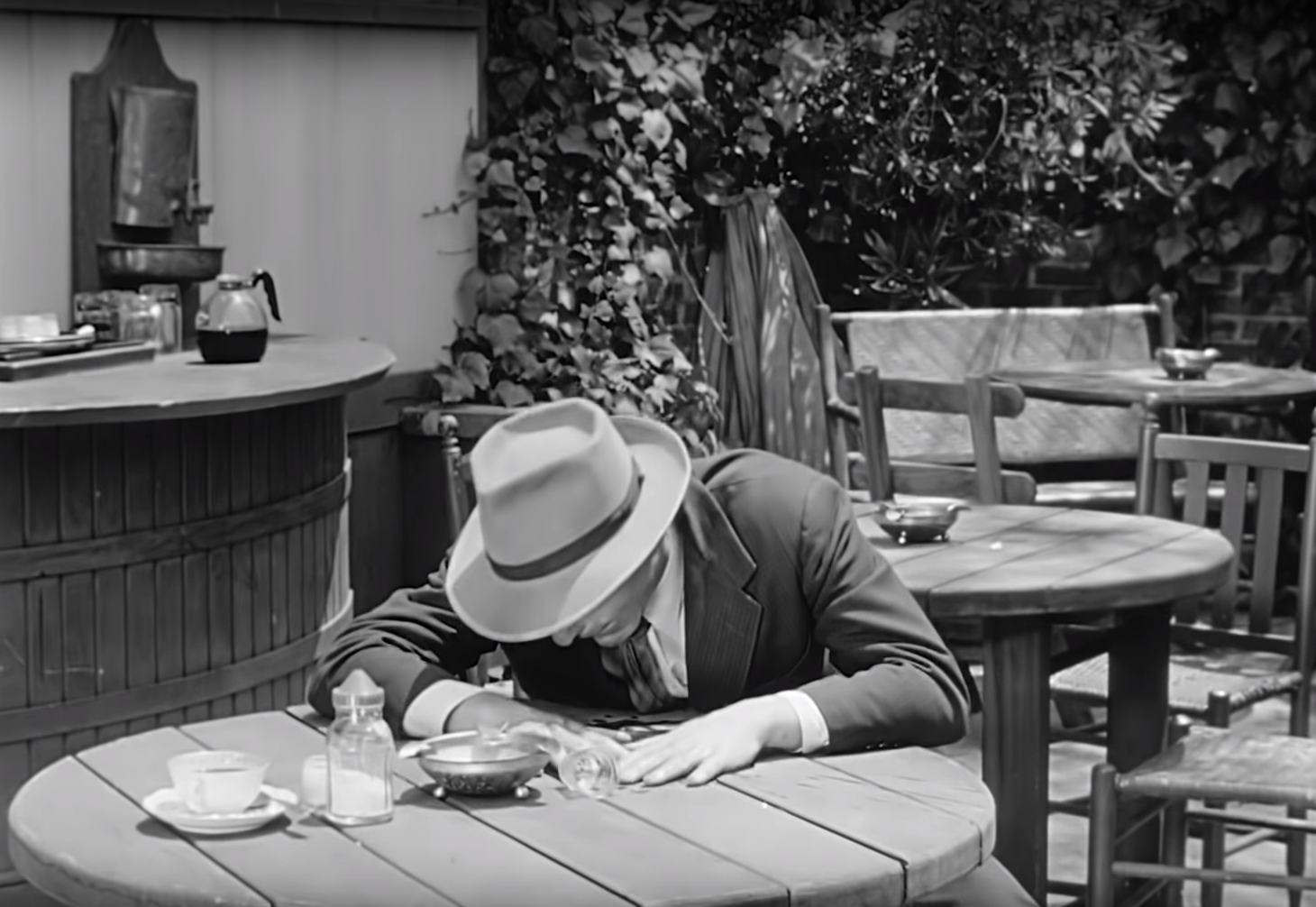
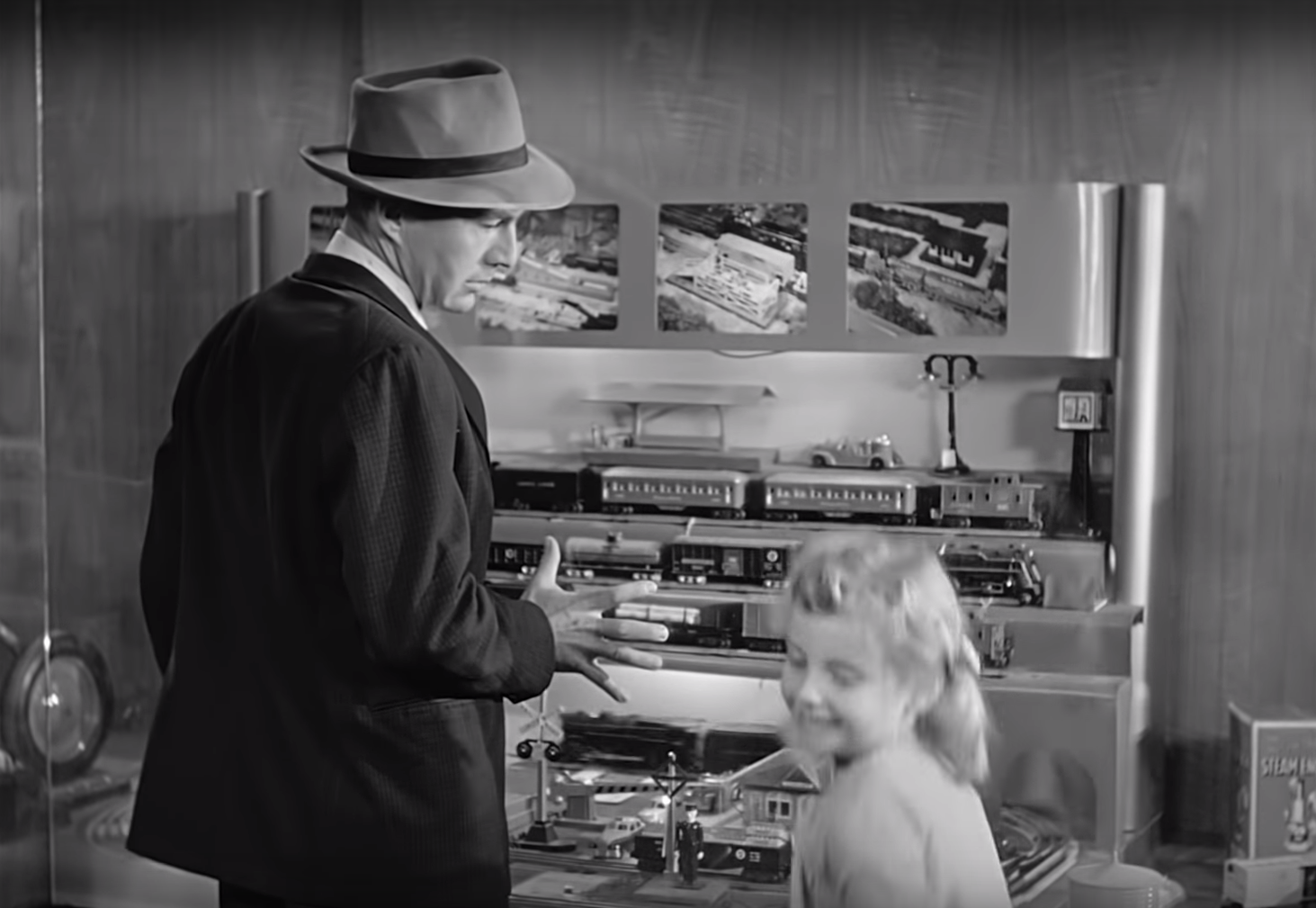
Figure 104: Perversion 3; Figure 105: Perversion 4
The film follows three different characters: a homicide detective, a mob boss, and the murderer. Rather than just portraying the murderer as a vile villain, the film intentionally complicates that by revealing the man beneath the actions. We are told in a scene with the cop that the murderer must be mentally ill due to severe childhood trauma. In the following scenes, pictured above, we see the murderer suffering from his illness. He is in pain and distress because of some mysterious need to kill, and the portrayal (especially thanks to actor David Wayne) lends the viewer to be sympathetic to the character. Not because one would want him to kill, but because the audience is beginning to see him as a victim rather than a perpetrator - something that is emphasized in the end of the film. In Figure 105, the murderer can be seen hesitating before pursuing the child, revealing a deep inner conflict in the character.
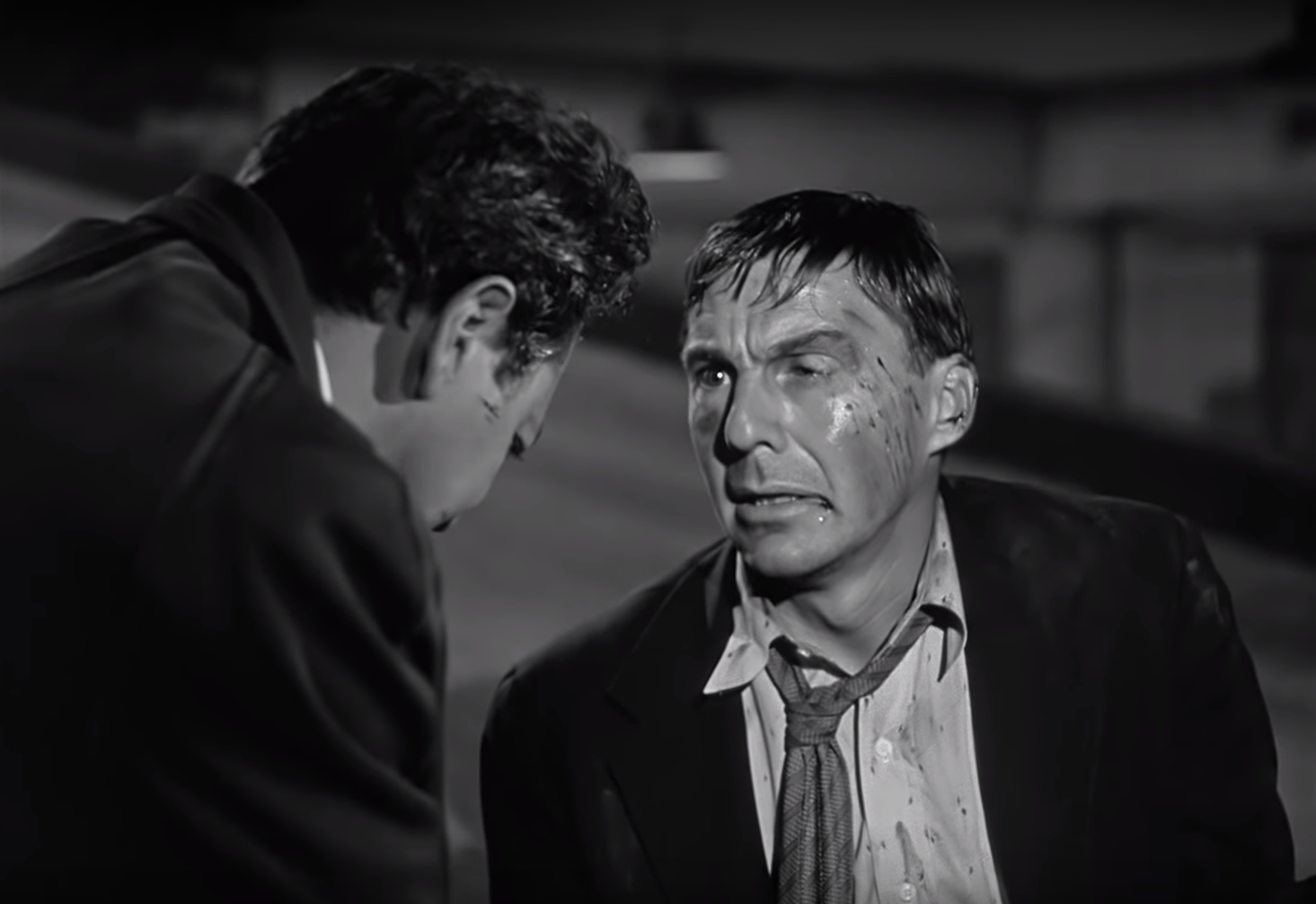
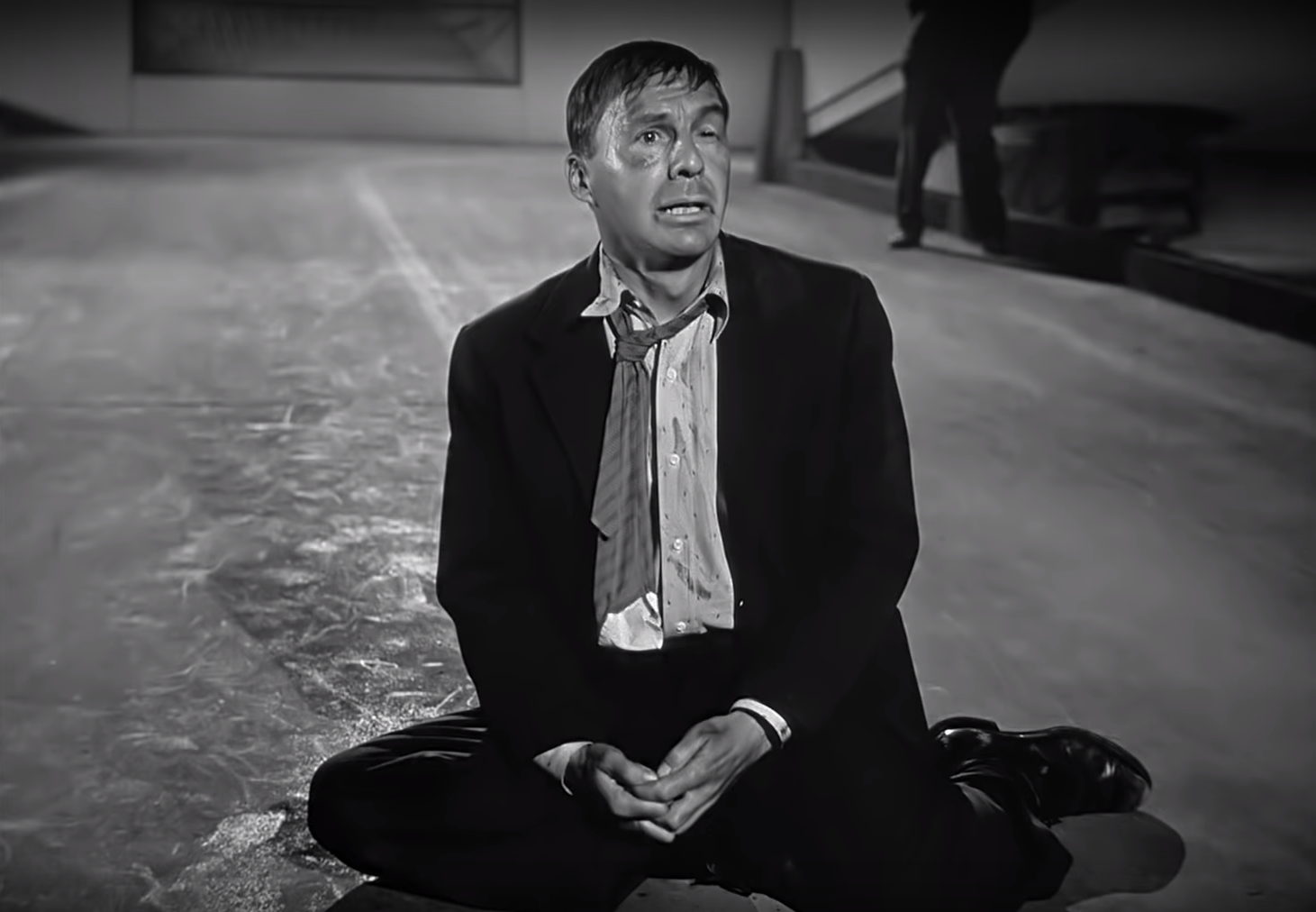
Figure 106: Perversion 5; Figure 107: Perversion 6
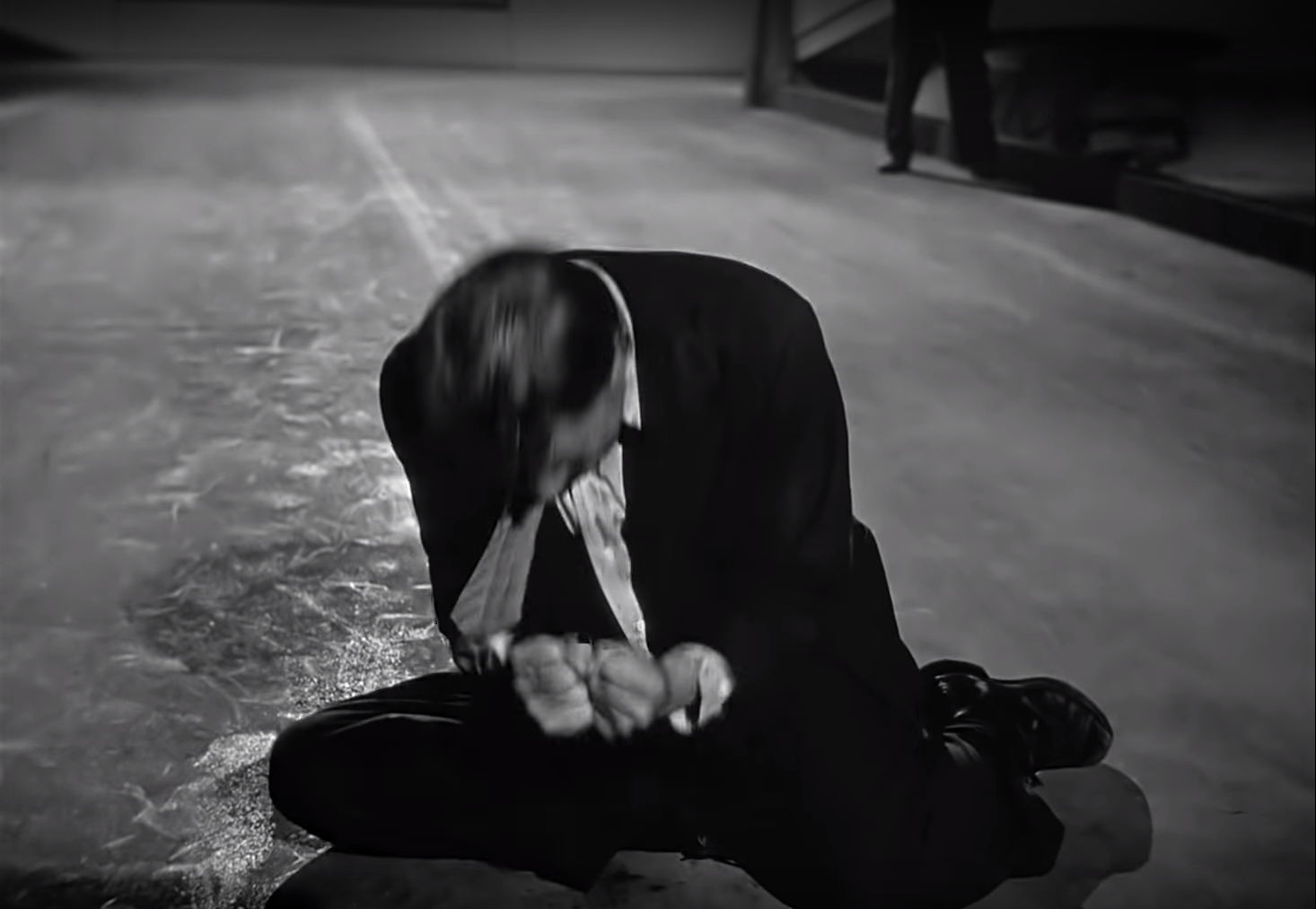

Figure 108: Perversion 7; Figure 109: Perversion 8
In his mob trial, the murderer is given a chance to speak. In a stirring performance he mentions a cruel mother who taught him that the world is evil and ugly, and every man must be punished in order to be good. He then, in a transitional statement that marks a man thinking irrationally, speaks of a sick bird that he cared for. As the moment builds, he says it came time for the bird to fly away, but, "I remembered it was a world of men the bird would fly into, ugly and cruel. Too ugly and cruel for birds and children, so i knew i had to kill the children - the bird. I had to kill a bird so I'd be punished and kept out of the fire. Now do you see?....When I think of the vile, horrible, cruel things I have to do in order to be punished - I don't want to do them - I don't want to. But I can't help myself - I can't help myself!" He begins pounding the pavement and collapses, a pitiful wreck. While this does not absolve the character's action, by providing a "presentation of...emotions of a child killer," the film is making the character sympathetic to the audience. The film, through the character of the lawyer, actually goes so far as to say this. The lawyer defends the murderer on the insanity plea and asks the hysterical crowd for sympathy, saying that rather than a death sentence, the murderer should be put into a mental health institution. In the end, as discussed below, this final monologue deals with the murderer's "perversion" as something to have sympathy and pity over, rather than creating a "constructive plan" to deal with it, which is what the Board would have preferred in order for the film to be an educational picture.
Ending of the Film
The ending of the film brings all of the above elements together in one concise sequence, and lays out one of the major problems that the censors had with how the film dealt with the mental insanity of the murderer: "sympathy rather than a constructive plan."
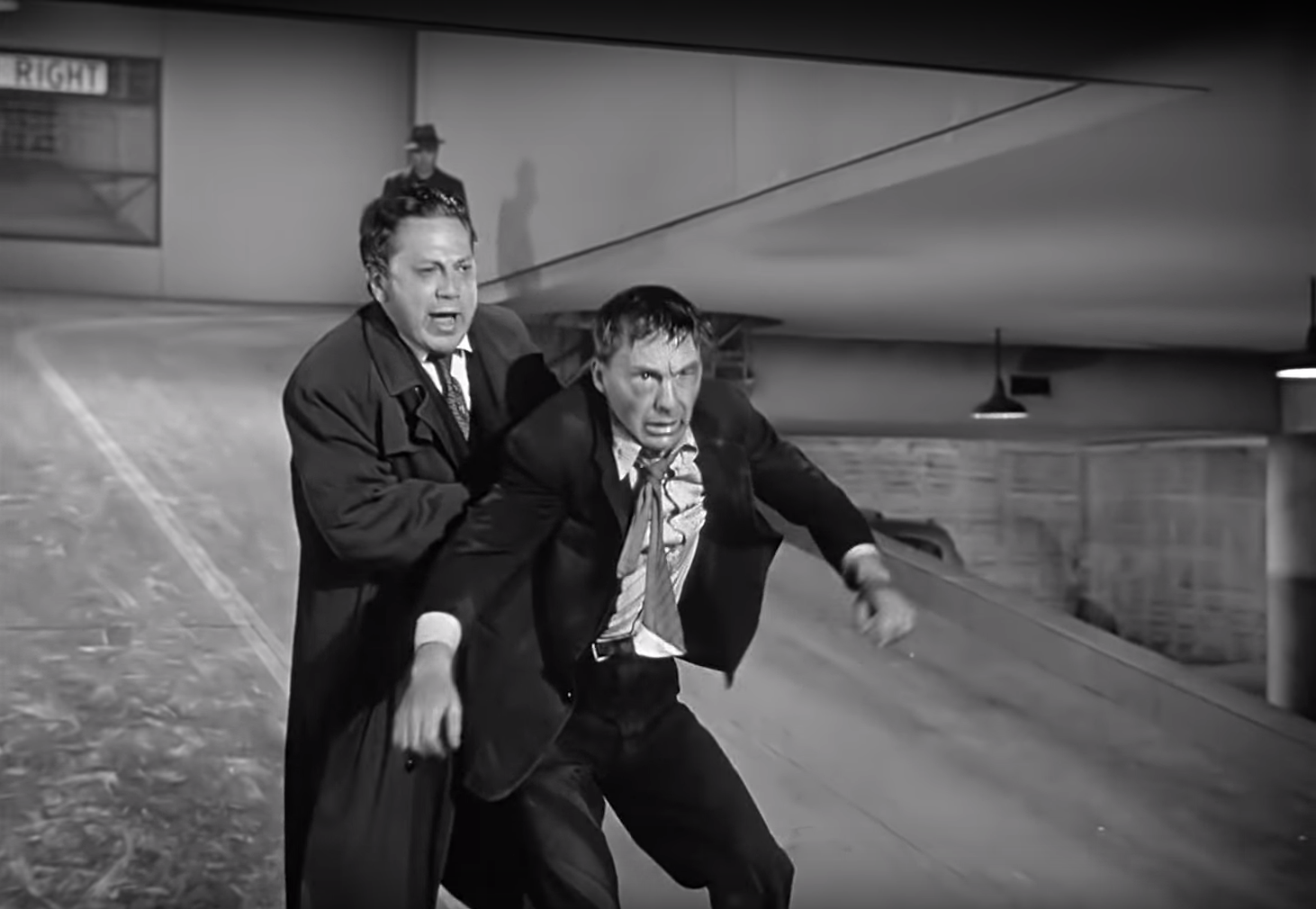
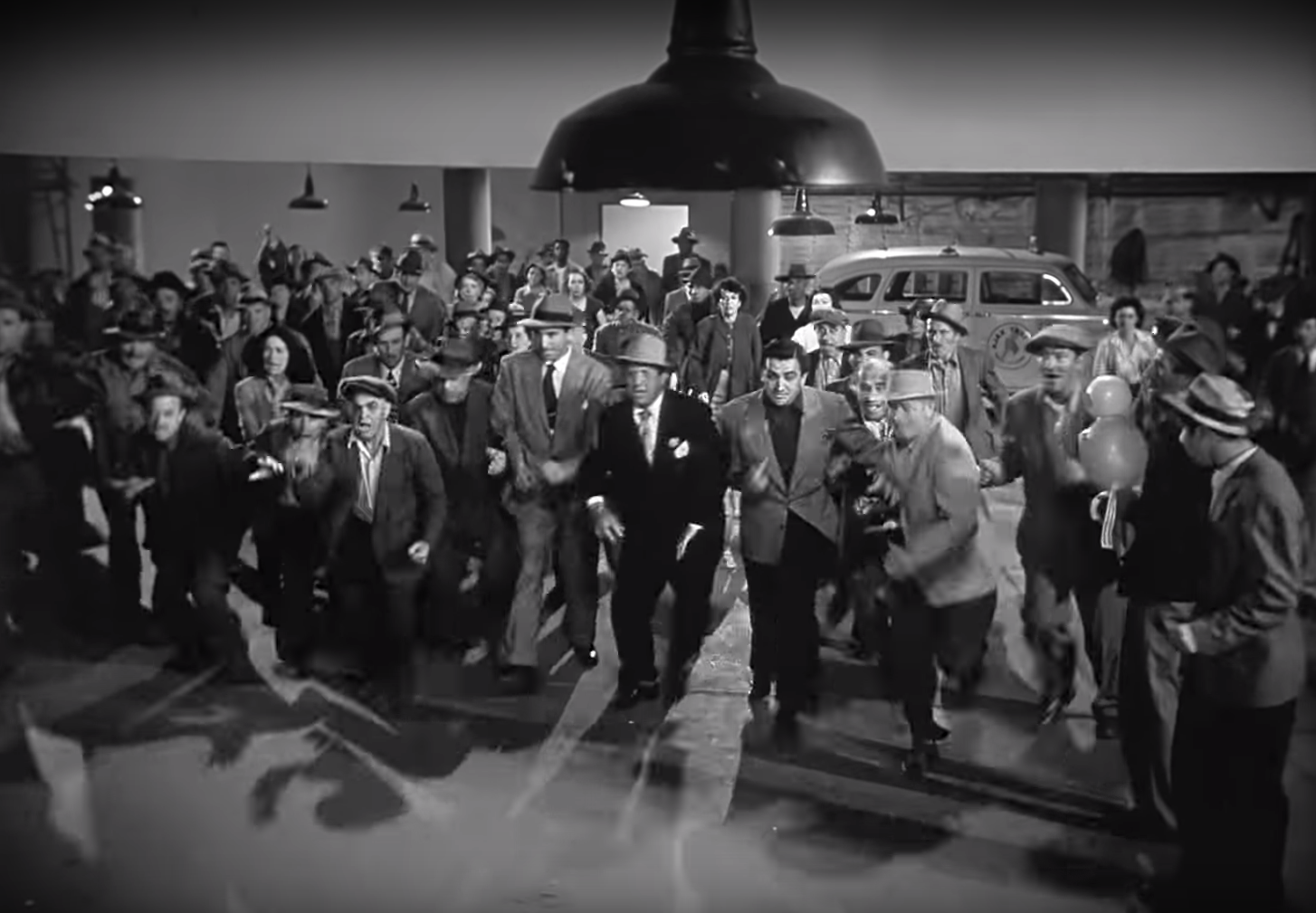
Figure 110: Ending 1; Figure 111: Ending 2
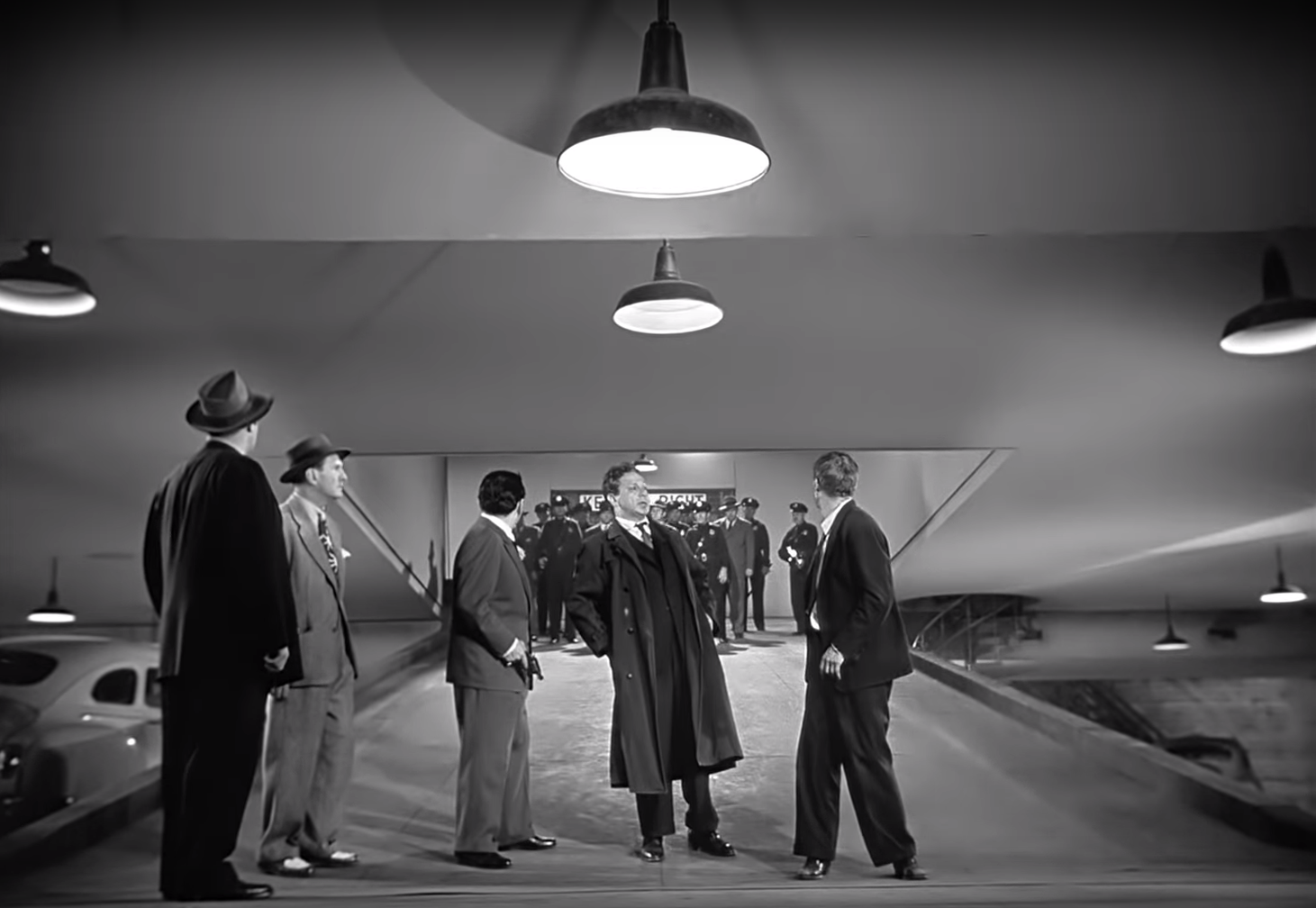
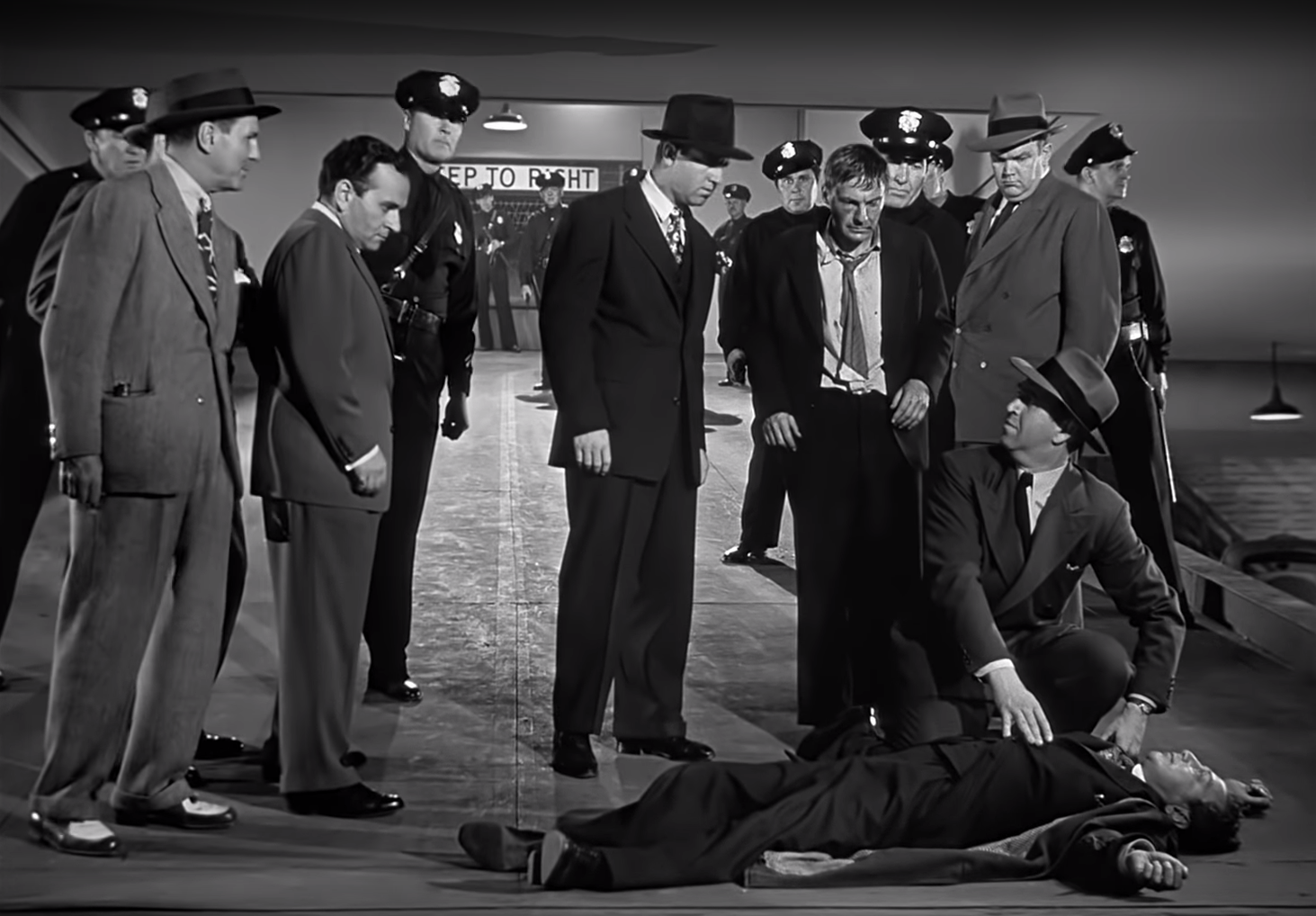
Figure 112: Ending 3; Figure 113: Ending 4

Figure 114: Ending 5
Due to the complex motivations of the mob and its character, which is not relevant to this study of censorship, the lawyer's redemptive arc is actually just a push for revenge against his mob boss. In the scenes pictured above, after the murderer's speech the lawyer pushes the murderer towards the hysterical crowd to be killed (and his boss would be guilty of that murder). Enraged by this, the mob boss shoots the lawyer and the police conveniently arrive at that moment. The mob boss and the murderer are both arrested by the police, who essentially did nothing other than being at the right place at the right time. This final scene encapsulates many of the elements listed above: the murderer describes his trauma and insanity to illicit sympathy from the audience, the mob supervises and facilitates this "justice," multiple times the hysterical crowd tries to take matters into their own hands and kill the murderer, the police are nowhere to be found except for at the very end and, even then, all they do is arrest the, now, two murderers. Taking all this together, this final sequence does not offer a constructive way to deal with mental illness nor does it provide any confidence in the viewer that the police and government would be able to handle the situation of an ordinary-looking person murdering children seemingly at random. Guiding the audience to sympathize with the murderer and be thankful for the mob for stopping him, the Board found nothing in this film to be moral, educational, amusing or harmless.
Conclusion
Unlike the drawn out and complicated censorship saga of The Outlaw, the rejection of M was rather straightforward for the Board. The extensive examples above illustrate that censors had an issue with every single aspect of the film - the amount of eliminations required would have demolished the film. They viewed the film as harmful to society for its depiction of a murderer of children, ineffective law enforcement officers, and they feared the possibility of the film inciting others to crime and violence. While the examples shown above may not have been the exact scenes that the censors objected to, the Board rejected the entire film. There were only a handful of scenes in the film that fell out of the bounds of any of these categories. Thus the scenes described above illustrate the kinds of content that were in this film that the censors viewed as harmful.
Ultimately the film was released in Ohio after extended court battles, marking the end of Ohio's ability to censor a film based on both the crime and violent content in the film.